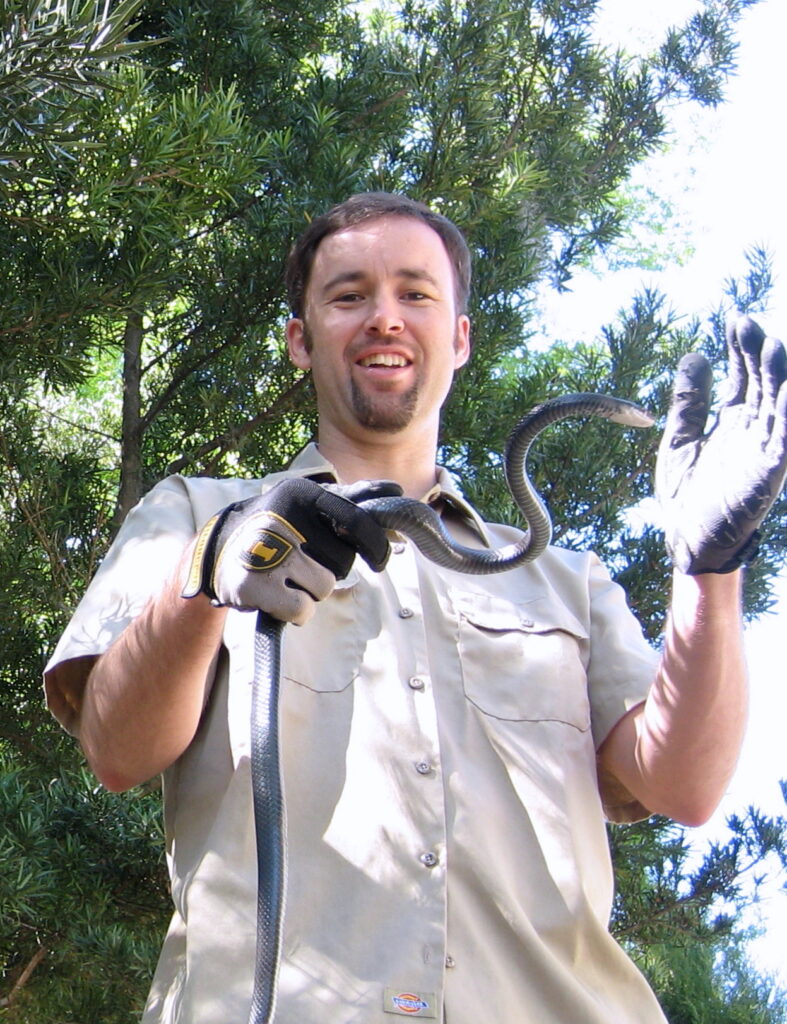Where To Relocate A Trapped Snake
Snakes don’t have the best reputation and it is normal for people to be frightened when they discover an unwanted guest in their backyard or home. Those reptiles may often wander to our gardens due to massive changes happening to their natural habitat. The best way of dealing with a snake problem is catching it, although some people decide to keep them as pets. Trapping a snake may not be the easiest task, but after that comes an even more tricky question – where should you relocate it?
Why Should You Relocate A Snake?
As mentioned above, snakes suffer from changes happening in their habitat and are often isolated when their environment is broken up by developments and affected by human presence. Many species are already endangered and rapidly disappearing, hence why there is no justification for harming those animals, especially in situations when they don’t pose any threat. The relocation of a snake is a humane way of dealing with such a problem.
Before Relocation
It is important to first identify the type of snake you are dealing with. Some species of snakes can be very dangerous and in situations like that, it is wiser to contact special authorities or wildlife control companies, rather than deal with the problem by yourself. Identifying the snake also helps with finding the right place for relocation, as you learn about its favorable habitat.

Relocation
It is crucial to have an understanding of the environment that the particular snake should be living in – the point of relocating a trapped snake is to give it a chance of survival. When choosing a place to relocate, you should think about an area with good food and water sources, shelter, and consider local predators that could be dangerous to the snake.
There is a big possibility that the area you live in is also the environment that the snake would thrive in – otherwise, it wouldn’t be there. Finding a similar place can be a good idea for the relocation. You should take into consideration the kinds of vegetation, small animals, insects, and other habitual factors that are present around your property.
In case of dealing with a venomous snake, relocation is a must as this type of reptile poses a threat to you and the people around you. It is safer to contact wildlife control units rather than deal with a poisonous snake on your own.
Select Your Animal

Raccoons
Raccoon Removal Information & How-To Tips

Squirrel
Squirrel Removal Information & How-To Tips

Opossum
Opossum Removal Information & How-To Tips

Skunks
Skunks Removal Information & How-To Tips

Rats
Rat Removal Information & How-To Tips

Mouse
Mouse Removal Information & How-To Tips

Bat
Bat Removal Information & How-To Tips

Bird
Bird Removal Information & How-To Tips

Snake
Snake Removal Information & How-To Tips

Beaver
Beaver Removal Information & How-To Tips

Mole
Mole Removal Information & How-To Tips

Vole
Vole Removal Information & How-To Tips

Gopher
Gopher Removal Information & How-To Tips

Rabbit
Rabbit Removal Information & How-To Tips

Woodchuck
Woodchuck Removal Information & How-To Tips

Flying Squirrel
Flying Squirrel Removal Information & How-To Tips

Chipmunk
Chipmunk Removal Information & How-To Tips

Coyote
Coyote Removal Information & How-To Tips

Fox
Fox Removal Information & How-To Tips

Wild Hog
Wild Hog Removal Information & How-To Tips

Dead Animal
Dead Animal Removal Information & How-To Tips